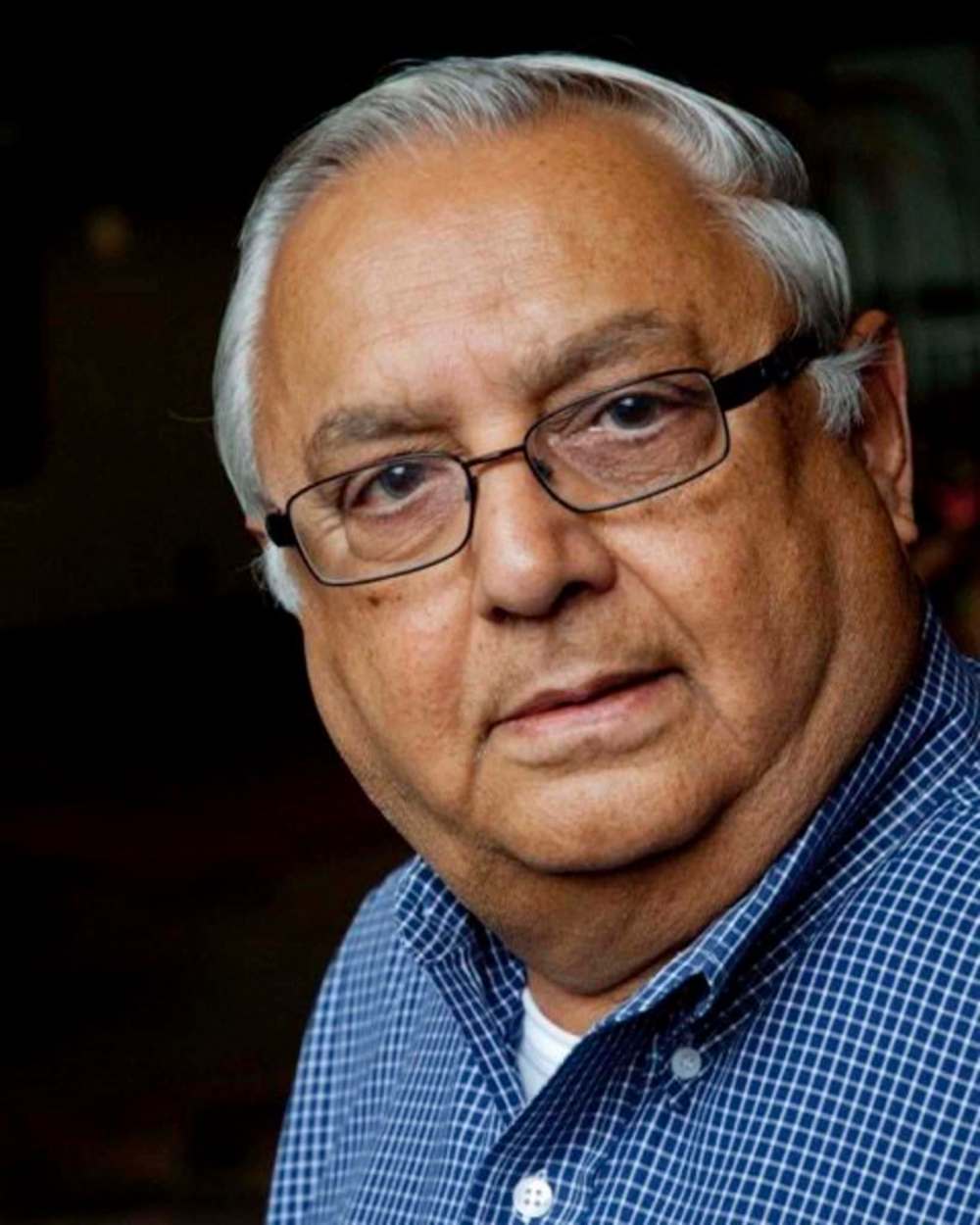A hard landing in Canada
Ladha seeks to preserve Asian-African immigration saga in new memoir
Advertisement
Read this article for free:
or
Already have an account? Log in here »
To continue reading, please subscribe:
Monthly Digital Subscription
$1 per week for 24 weeks*
- Enjoy unlimited reading on winnipegfreepress.com
- Read the E-Edition, our digital replica newspaper
- Access News Break, our award-winning app
- Play interactive puzzles
*Billed as $4.00 plus GST every four weeks. After 24 weeks, price increases to the regular rate of $19.00 plus GST every four weeks. Offer available to new and qualified returning subscribers only. Cancel any time.
Monthly Digital Subscription
$4.75/week*
- Enjoy unlimited reading on winnipegfreepress.com
- Read the E-Edition, our digital replica newspaper
- Access News Break, our award-winning app
- Play interactive puzzles
*Billed as $19 plus GST every four weeks. Cancel any time.
To continue reading, please subscribe:
Add Winnipeg Free Press access to your Brandon Sun subscription for only
$1 for the first 4 weeks*
*$1 will be added to your next bill. After your 4 weeks access is complete your rate will increase by $0.00 a X percent off the regular rate.
Read unlimited articles for free today:
or
Already have an account? Log in here »
Hey there, time traveller!
This article was published 29/04/2017 (3059 days ago), so information in it may no longer be current.
In the 1880s, while Jews fled czarist pogroms in Russia, Icelanders were running away from volcanoes spilling lava over their homeland.
The history of Canada is the history of immigration — one displaced group after another escaping discrimination, war or natural disasters. Each group experienced nativist resentment here; they were accused of taking away jobs and threatening the social fabric of the nation.
But all of these groups, from the Irish to the Ukrainians to the Chinese and Japanese, worked to build Canadian society, each time disproving the shrill racist rants. Each community preserves its history; the tens of thousands of people who attend Winnipeg’s Folkorama each year is but one example of how ethnic pride is celebrated.

Asians from Africa arrived in Canada in the mid-1970s after being expelled from Uganda by Idi Amin and having their properties nationalized in Tanzania. Mansoor Ladha, a Tanzanian-born journalist and publisher in Alberta for more than 30 years, records a frank and critical history of his family’s and his community’s story on both sides of the Atlantic.
Ladha’s chronicle is a positive addition to our narrative. His intention is to make sure the Asian-African saga isn’t lost.
After the British conquered South Asia, they continued their plunder. Some Asians moved with them to find opportunities, as Ladha’s family did to Tanzania in the 19th century. For the most part, the muhindi (Swahili for Africans of Asian origin) were traders and merchants, a comfortable middle class in the racial hierarchy between the white British rulers and the downtrodden Africans, indentured servants and labourers for the two interloping groups. Ladha acknowledges the racism his community displayed toward Africans, a superior attitude for which they paid heavily when Tanzania became independent in 1961.
Led by Julius Nyerere, Tanzania experimented with socialist structures, expropriating businesses and collectivizing agriculture. Ladha says corruption among the new rulers damaged the economy; agitation against Asians provided a red herring to deflect responsibility.
He details efforts of younger Asians especially to display their allegiance; coupled with events in Uganda, however, the future became increasingly uncertain.
Eighty thousand Asians from Africa immigrated mostly to England and Canada in the next few years. Ladha, who worked as a newspaper journalist and copy editor in Africa, describes the sting of racism he felt anew: being turned down for jobs because he wasn’t Canadian, while white Africans were hired; being turned down for apartment rentals when landlords saw the colour of his skin; being mocked as a “Paki” by complete strangers.
But, he adds, most people were welcoming. He sets himself as the example, an “East Indian” who bought newspapers in small francophone towns in Northern Alberta, reporting on important issues, employing dozens, integrating into the region and succeeding financially.
Ladha’s journey mirrors those of many immigrants who want a place to call home. His skin colour is indistinguishable in India, but his attachment to it is tenuous. His country of birth rejected him because of his skin colour. After visiting both India and Tanzania in retirement, he again affirms his Canadian identity.
Except for a few passages where the chronology isn’t clear and his failure at the first mention of the name “Tanganyika” to explain that it was a name adopted by Tanzania for a few years in the 1960s, this highly readable memoir reminds us how our history has been built.
Today’s migrants are also looking for safety and stability. Those who want to preserve so-called “Canadian values” should be reminded that the dispossessed and desperate make appreciative, productive citizens. They should also look back to see themselves reflected in the faces of those knocking at our door.
Harriet Zaidman is a teacher-librarian in Winnipeg.


